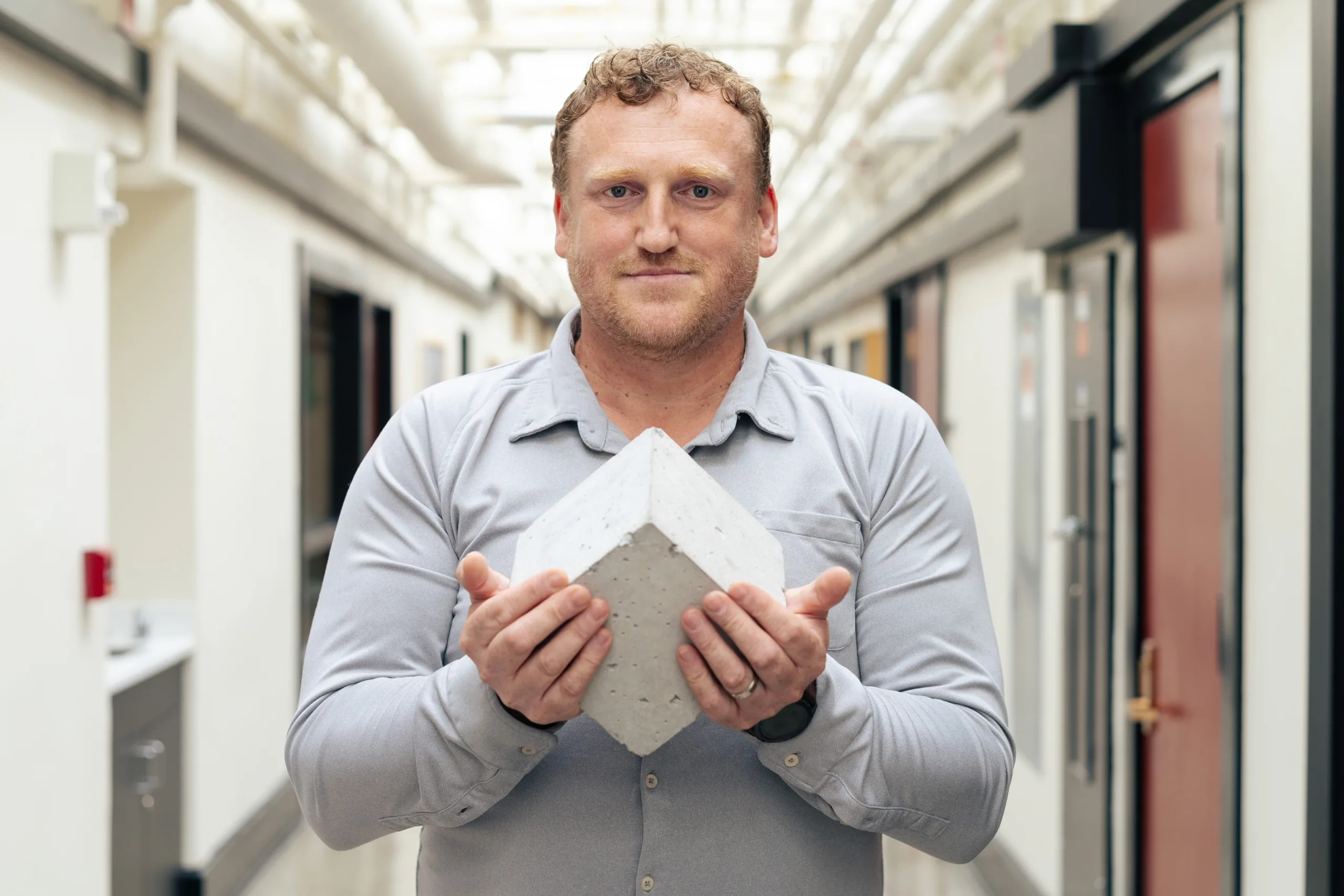In 2015, representatives from 195 countries and the European Union came together to sign the Paris Agreement, committing to strategies aimed at limiting global temperature rise to 1.5 degrees Celsius. Fast forward to 2023, and the world has consistently exceeded this target, raising questions about the long-term viability of achieving such goals.
In order to mitigate climate change, reducing greenhouse gas levels in our atmosphere has become imperative. A variety of strategies aimed at stabilizing our climate have been proposed, many of which combine significant cuts in carbon dioxide (CO2) emissions with the implementation of direct air capture (DAC) technology. This innovative approach actively removes CO2 from the air. However, a recent study by researchers at the MIT Energy Initiative (MITEI) highlights a troubling reality: many of these strategies are predicated on overly optimistic assumptions regarding the efficacy of DAC. Despite this, the MITEI researchers advocate for continued development of DAC technology as it may play a role in the energy transition, even if it is not the definitive solution to global decarbonization efforts.
The Dual Nature of DAC: Promise vs. Reality
Incorporating DAC into climate stabilization efforts seems logical given the technology’s potential. Numerous developments are underway in the realm of DAC systems, and initial results are promising. While businesses may not directly operate their own DAC systems, they can already participate in the burgeoning carbon credit market. This multibillion-dollar industry allows entities facing significant expenses in reducing their carbon footprint to fund carbon-reduction initiatives undertaken by others, whether through renewable energy projects or carbon-removal efforts such as DAC or afforestation/reforestation.
Howard Herzog, a senior research engineer at MITEI, elaborates on the appeal of DAC-based credits. The measurement and verification of carbon removed via DAC is straightforward; the effects are immediate, unlike traditional methods such as forest planting, which can take decades to yield results. Moreover, when DAC is paired with geological CO2 storage, the captured carbon is effectively sequestered indefinitely—a stark advantage compared to other methods like forestry, where fires or decay could eventually release previously stored CO2.
So, the big question is: Can current plans relying on DAC effectively help stabilize the climate? To uncover the truth, Herzog, along with fellow researchers Jennifer Morris, Angelo Gurgel, and Sergey Paltsev, conducted an in-depth analysis of modeling studies that form the foundation of these plans. Their findings revealed three critical engineering challenges that culminate in a fourth: the high cost of removing CO2 from the atmosphere. Detailed insights from their research are documented in a recent article published in the journal One Earth on September 20.
Challenge 1: Scaling Up
When it comes to extracting CO2 from the atmosphere, the concentrations present pose a formidable hurdle. Currently, atmospheric CO2 hovers around just 420 parts per million—roughly 0.04 percent. In contrast, the CO2 concentration in emissions from power plants and industries ranges from 3 percent to 20 percent. While carbon capture and storage (CCS) technologies are effectively used to capture CO2 from industrial flue gases, capturing it from ambient air is a vastly more challenging task. The researchers liken this to searching for ten red marbles among 25,000, where most are blue, contrasting it to finding those marbles in a smaller, more manageable jar.
Capturing just one metric ton of CO2 from the air requires processing approximately 1.8 million cubic meters of air—equivalent to the volume of about 720 Olympic-sized swimming pools. Furthermore, this air must pass through a CO2-capturing sorbent, necessitating large-scale equipment. For instance, a proposed design to capture 1 million tons of CO2 annually would involve an air contactor measuring three stories high and extending three miles in length.
Current modeling studies suggest a DAC removal rate of between 5 to 40 gigatonnes of CO2 per year (where a gigatonne equals 1 billion metric tonnes). However, the MITEI team concludes that deploying DAC at this gigatonne scale is “highly uncertain.”
Challenge 2: Energy Requirements
Given the challenge of low CO2 concentrations in the air and the need for extensive air movement, it is clear that even the most advanced DAC processes will demand substantial energy. Standard estimates indicate that removing one ton of CO2 requires at least 1.2 megawatt-hours of electricity, in addition to energy for compressing the captured CO2 for storage and transport.
The source of this electricity is pivotal. Utilizing coal-based power for an all-electric DAC strategy would negate any benefits, resulting in a net increase of CO2 emissions—defeating the purpose of the process. If DAC is scaled up to remove 10 gigatonnes of CO2 annually, it would consume an astonishing 12,000 terawatt-hours of electricity, which accounts for over 40 percent of today’s total global electricity generation.
The growing electricity demand—driven by ongoing electrification across sectors—raises questions about the equilibrium of low-carbon energy availability. Competing needs in power generation, transportation, and industrial operations amplify these concerns, particularly if clean energy is diverted for DAC usage rather than directly reducing emissions in critical domains.
While some projects suggest DAC systems could utilize “waste heat” from nearby industrial processes, the researchers caution that this notion might be overly optimistic. The DAC technology requires a consistent and close heat supply, which can be fraught with logistical challenges. When considering gigaton-scale DAC operations, it’s likely that waste heat alone would provide only a minor fraction of the necessary energy.
Challenge 3: Location
Though air is ubiquitous, choosing a suitable site for DAC plants involves complex considerations. Proximity to adequate low-carbon energy sources is vital, as is access to facilities for storing the captured CO2. If storage infrastructure is lacking, extensive and costly new systems must be developed, typically entangled with regulatory hurdles and public approval challenges—elements often overlooked in theoretical models.
Moreover, siting demands attention to meteorological factors, as temperature and humidity can significantly influence DAC efficiency. Additionally, spatial planning becomes important; DAC plants require land and optimal spacing to maximize air capture without interference between units, much like how wind turbines need proper placement to function effectively.
Challenge 4: Cost
Given the aforementioned challenges, the cumulative cost to remove CO2 will inevitably be high. Although some modeling predicts DAC costs could fall between $100 and $200 per ton, the MITEI researchers argue this is likely an underestimation.
The researchers point out baseline CCS costs for power plants and industrial sources, typically between $50 and $150 per ton of CO2 captured. However, due to the substantially lower concentrations found in the atmosphere, DAC costs are prone to be much higher. Additionally, the massive scale and infrastructure needed for DAC bring about significant capital and operational expenses. Some estimates soar above $5,000 per ton captured annually.
Electricity costs further compound this issue—removing one ton of CO2 necessitates 1.2 megawatt-hours of electricity. If electricity prices are pegged at $0.10 per kilowatt-hour, the energy cost alone for sequestering one ton of CO2 would stand at around $120, which seems suspect given anticipated increases in energy demand and competition for renewable energy sources.
Storage costs, often overlooked in DAC calculations, must also be factored into the overall financial assessment.
When all considerations are taken into account, the assumptions of $100 to $200 per ton become increasingly dubious. Misestimating these figures alters strategic assessments, likely leading to suboptimal results in decarbonization efforts.
The Conclusion
The MITEI researchers aptly describe DAC as a “very seductive concept.” This technology’s capability to draw CO2 from the atmosphere provides a valuable avenue for generating high-quality carbon-removal credits, complementing strategies for sectors facing challenges in reducing emissions directly. Ultimately, DAC could help stabilize crucial economic sectors such as aviation, carbon-intensive industries, and agriculture. However, to make this feasible, billions of tons of affordable CO2 credits would need to be produced—a rather unlikely scenario. Presently, the largest operational DAC plant only removes 4,000 tons of CO2 yearly, with removal credits priced at an eye-watering $1,500 per ton.
While the researchers acknowledge potential for improved energy efficiency in the future, DAC systems will inherently carry greater operational requirements than CCS applied to industrial emissions, and a clear pathway to significantly lower these requirements remains elusive.
Nonetheless, the team underscores the necessity of continuing DAC development, as it may prove crucial in the quest for net-zero emissions given the alarming rate of current emissions. However, they caution that relying heavily on DAC for our climate solutions would be naive.
Photo credit & article inspired by: Massachusetts Institute of Technology



